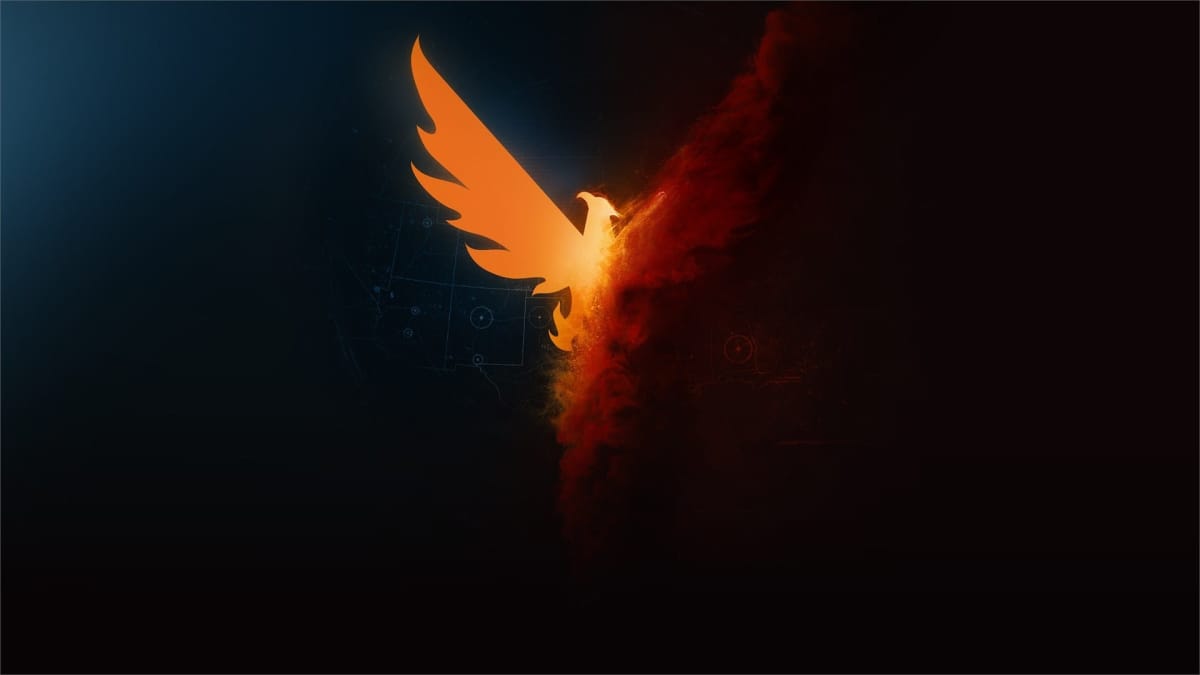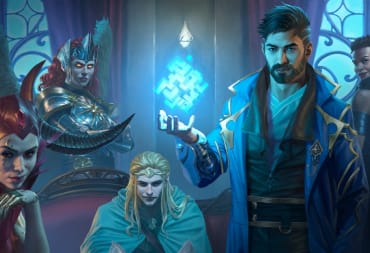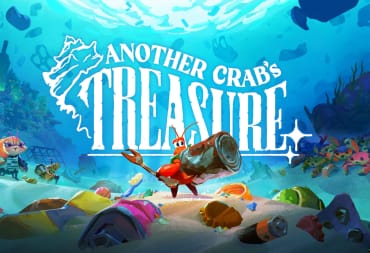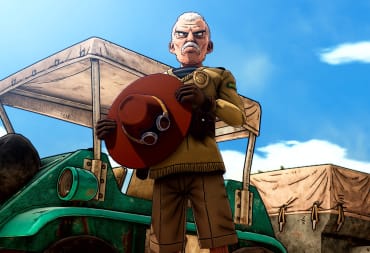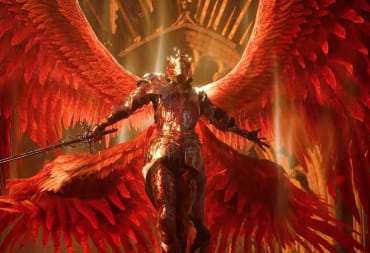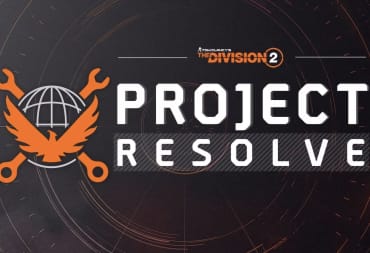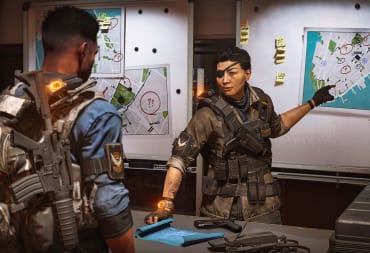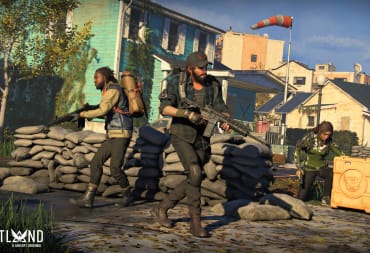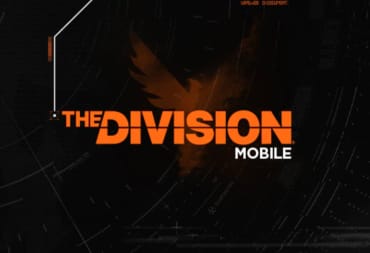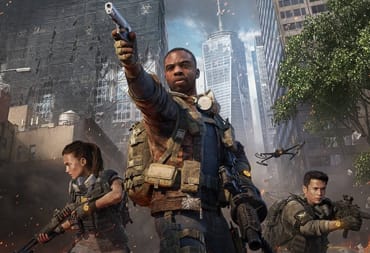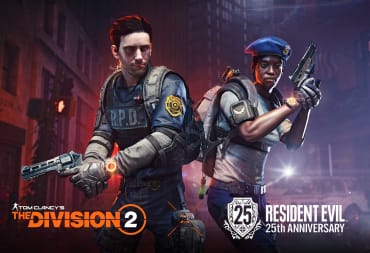The Division 2’s first year of post-release content was, quite frankly, rather embarrassing. Over the course of a whole year, the game got a grand total of six additional quests, several new guns, a Raid that most people couldn’t play, a mode that’s only available for a limited time, and three moderately interesting skill trees. Story progression was almost nonexistent. In total, that adds up to about a dozen or so hours of new content, grinding aside. If you were to return to the game today, you'd find that very little has changed, other than some balancing updates that completely destroy certain builds. For most other games in the same genre, you’d probably get an equivalent amount of content in a single DLC pack.
Years Two For the Division 2
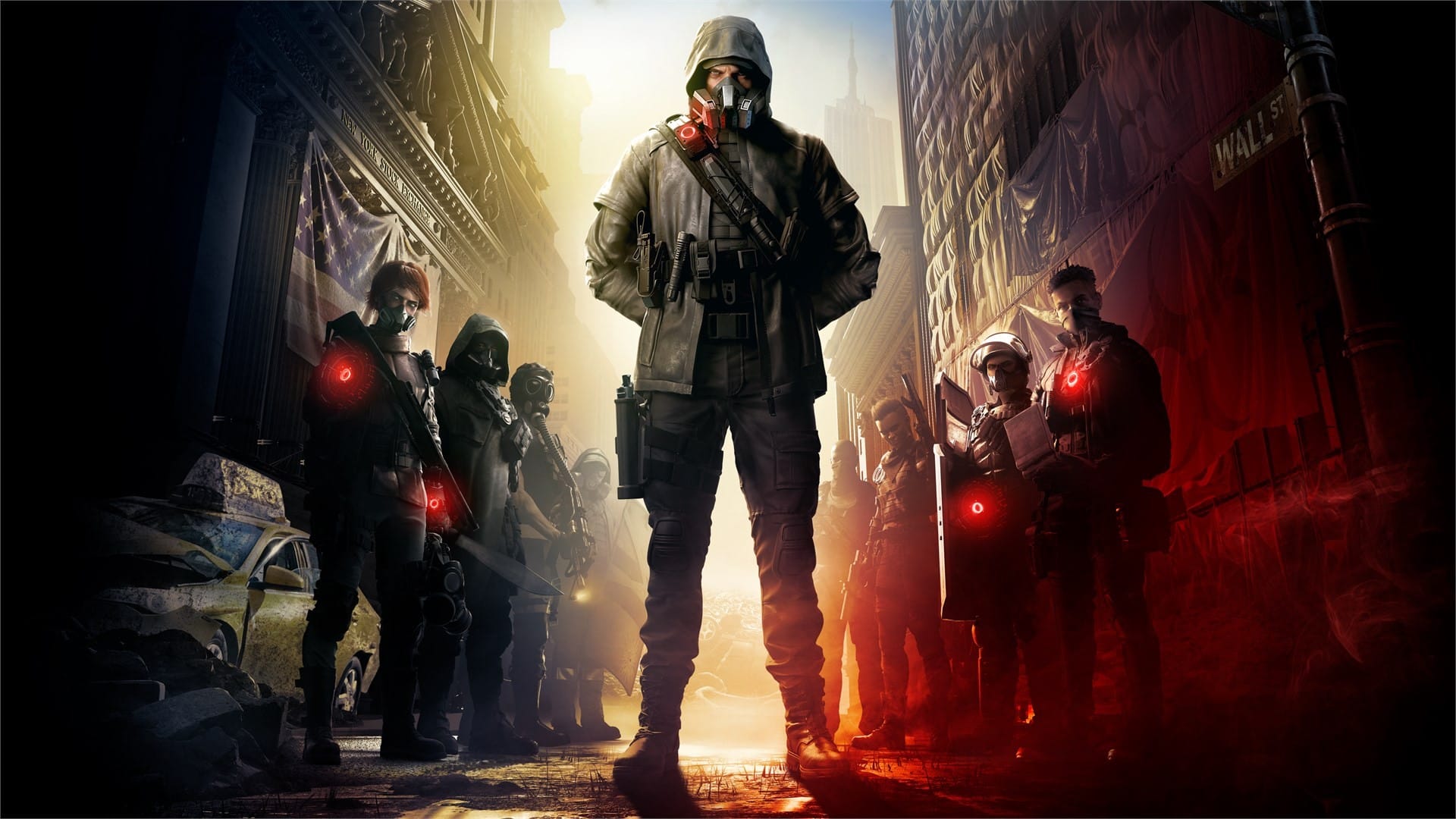
The Division 2’s second year is starting off with the Warlords of New York DLC. The premise behind the DLC is that you’re being sent back to New York City to hunt down one of the first Agents to go Rogue, Aaron Keener. As such, the DLC will have a new area to explore, a total of 13 main and side quests, returning enemy factions from the first game, and an increased level cap. Naturally, there’s also some balancing changes and new features. In spite of all this new content, it seems doubtful that the DLC is going to be the thing that revives interest in the game.
For starters, the DLC is clearly nostalgia bait. It’s not like lower Manhattan is that different from any other part of Manhattan. Secondly, the narrative justification to go back to New York City seems a little forced. Given that your mute action hero already saved NYC and killed all the terrorist mercenary criminals in the first Division, it really just makes the “good guys” look incredibly incompetent—which, ironically, is part of the reason why Aaron Keener went Rogue to begin with.
After all, it does kind of defy belief that a bunch of violent sanitation workers and former prisoners can somehow maintain control of half the island when they’ve been fighting a four-front war for a year. That’s on top of the fact that you’ve probably shot at least half the population of NYC. Regardless, there have been crazier narratives in games before. A poor story can easily be dismissed by good gameplay, and that seems like the goal of Warlords. Not that The Division 2 is a game that you play for the story to begin with.
The Division 2 - The Same Problems, a Different Division
In more practical matters, there’s not a whole lot that the developers have done to alleviate fears that the new endgame content is going to be anything but wave after wave of bullet-sponge enemies. The first couple of months of The Division 2 featured the same immersion-breaking health pools and AI that many complained about in the first game. To this day, large health pools and difficulty remain closely intertwined. If anything, it sounds like things will be getting worse. No one can possibly believe that the game’s AI will be improved to the point that it presents an actual challenge. Even if enemy health and damage values are untouched, it’s quite possible that the AI will just spam their new abilities instead.
This, of course, ties back the very concept of The Division. Making a looter shooter in a modern setting is incredibly limiting, more so if the whole premise is that society has collapsed. There’s not exactly a whole lot that can be done from a creative standpoint if the ceiling is both pre-defined and easily observable. This limitation inevitably led to the first several hours of The Division 2 feeling like a typical third-person shooter with believable damage models while the endgame turns into a mess of lead-resistant murder hobos. Thus, if enemies are challenging, it won't be from the way that they are designed. And since AI hasn’t generally reached the level of human intelligence yet, it’s doubtful that the improved AI will be that much of a challenge.
An especially cynical way to view the Warlords of New York is that it’s a way for Ubisoft to make a quick buck after the dual failures of Ghost Recon Breakpoint and The Division 2’s Year One Season Pass. So many returning assets, a generic story, features that have been suggested by the audience months ago yet never implemented until now, it’s all very coincidental. Naturally, it would be great if Ubisoft and Massive can prove their critics wrong. If anything, that is the best-case scenario since everyone benefits from the success of Warlords. In spite of this, it would be natural to remain skeptical given Ubisoft’s predictable game design formula.
Have a tip, or want to point out something we missed? Leave a Comment or e-mail us at tips@techraptor.net
